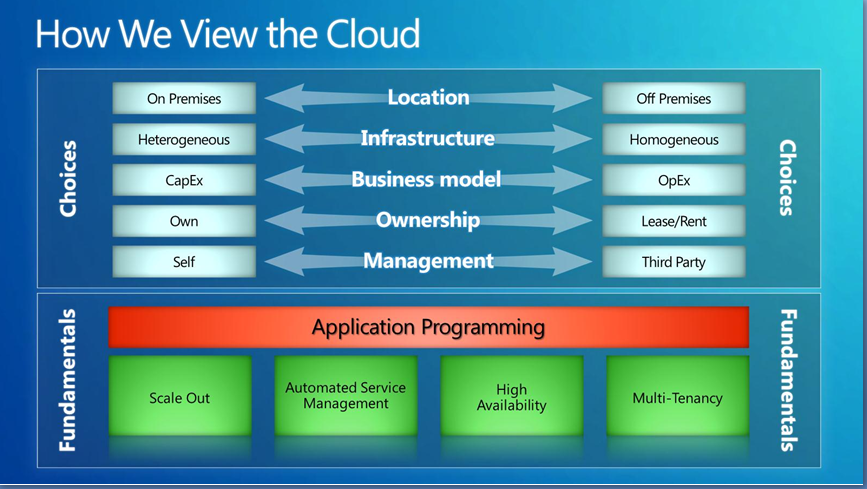Microsoft passes the 10,000 customer milestone with Azure

Microsoft now has more than 10,000 customers (each with an unspecified number of users) using its Windows Azure cloud environment.
That new milestone was mentioned by Doug Hauger, General Manager of Windows Azure, during his appearance on June 3 at the Cowen & Co. Tech Conference. (I listened to him via the Webcast.)
Hauger shared some other new data and statistics. There are four main workloads customers are running on Windows Azure -- Microsoft's cloud operating environment which became commercially available in February this year. The four: On/off batch job computing; quick start-up (with no need or money to build out a private data center; unpredictable bursting; and predictable bursting.
Hauger said Microsoft was surprised to find that 50 percent of customers using Azure are running their applications in steady state -- in other words, as replacements for on-site/on-premises software.
"Adoption has been very good," Hauger told attendees of the conference, noting that the customer base included smaller independent software vendors and developers, but also a number of enterprise customers. He said that once business customer took the time to actually assess the regulatory requirements for particular applications/verticals, they discovered that they weren't as stringent as they believed. Consequently, certain customers were moving their line-of-business applications to Azure, given they "only" needed FAST or ISO certification, he said.
At the same time, there are lots of casual, Facebook-type games being built on the Azure platform, he said. There also are a number of high-performance applications using Azure as a "landing place," he said.
Hauger said the growth Microsoft is seeing in Azure isn't at the expense of Windows Server. He said it's been a case of incremental growth, rather than cannibalization -- "net additive for them (Microsoft's customers) and us."
Hauger also shared some new slides, showing how Microsoft is positioning and explaining Azure these days.
Here's how Microsoft is explaining the Software+Service continuum (without using that term any more):
(click on the image to enlarge) Here's where the company is seeing public vs. private cloud growth happening. Note that government straddles both sides, while the majority of public-cloud growth is coming from SMBs.
And here's Microsoft's ultimate "We're All In" slide, which shows just how broadly the Softies are defining "cloud" when claiming that Microsoft is a cloud leader and not a follower:
(click on the image to enlarge)
At Microsoft's TechEd conference in New Orleans next week, Microsoft is slated to talk up its cloud vision. I'm doubtful they'll be ready to announce the Lite version of the Business Productivity Online Suite (BPOS) -- yet. But maybe we'll hear a bit more about the company's private-cloud set of offerings.
Microsoft officials said recently that the company has 40 million paid seats of its "Online" products, which include BPOS and its standalone Microsoft-hosted products, including Exchange Online, SharePoint Online, CRM Online, Communications Online, and Live Meeting.
